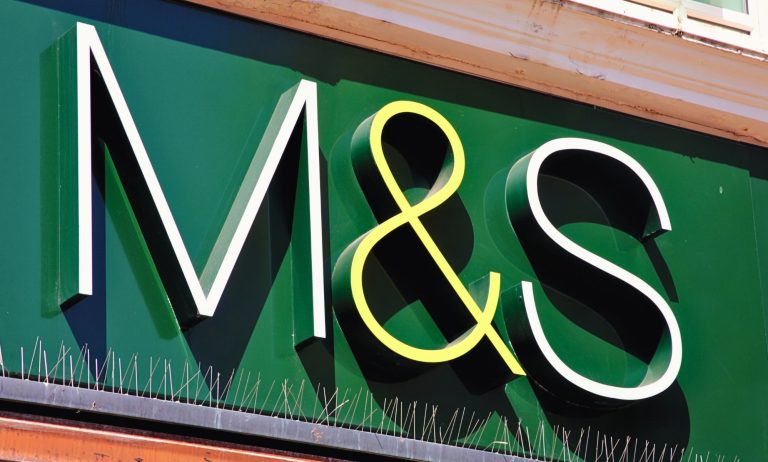M&S Controversy Highlights Misinformation Surrounding Transgender Individuals
A recent incident at a Marks & Spencer (M&S) store involving a customer complaint about an employee has sparked controversy and fueled harmful misinformation about the transgender community. The incident, initially reported in The Telegraph, involves a mother and her 14-year-old daughter who were allegedly approached by an employee in the lingerie section of the store. The mother, in her complaint to M&S, assumed the employee was transgender based on height and expressed discomfort, claiming her daughter was “visibly upset.” This complaint has since ignited a firestorm online, fueled by anti-trans rhetoric and calls for boycotts. However, closer examination reveals a significant gap between the actual events and the narrative being circulated.
Central to the misinformation is the unfounded assumption that the employee was transgender. The mother’s complaint to M&S, and subsequent reporting, relied solely on her perception of the employee’s height as “evidence” of their gender identity. There is no confirmed information about the employee’s gender identity, and this detail is ultimately irrelevant to the core issue. The focus on the employee’s perceived transgender status has served to distract from the actual complaint and has provided a platform for harmful stereotypes and generalizations about transgender individuals.
A further distortion of the facts revolves around the claim that the employee offered to perform a bra fitting for the daughter. This is demonstrably false. The Telegraph article and the original complaint merely state that the employee offered assistance in the lingerie section. M&S bra fittings are conducted by appointment only, typically by trained staff. There is no indication that the employee in question was a designated fitter or that they offered to perform a fitting. This fabrication has amplified the outrage online and has contributed to the false narrative of predatory behavior being attributed to transgender individuals.
The incident has been seized upon by anti-trans figures, including author JK Rowling, to promote harmful narratives about transgender people. The calls for boycotts and the suggestion that M&S implement policies barring transgender employees from interacting with young girls are based on unfounded fears and prejudice. This incident underscores the pervasive misinformation surrounding transgender individuals and the need for accurate and respectful reporting. The conflation of this incident with broader debates about transgender rights serves only to perpetuate harmful stereotypes and create unnecessary division.
The reality is that transgender individuals, like all people, are entitled to work and shop without facing discrimination or harassment. The lingerie section of a store is not a gender-exclusive space, and transgender women, like cisgender women and anyone else, have the right to be there. The suggestion that their presence poses a threat is baseless and harmful. This incident highlights the importance of challenging unfounded assumptions and promoting inclusivity and understanding.
M&S, in their response to the complaint, has reaffirmed their commitment to creating inclusive environments for both employees and customers. They have emphasized that their colleagues work across all departments and that customers can request assistance from whichever staff member they feel most comfortable with. This approach acknowledges the importance of individual preferences while upholding the right of all employees to perform their jobs without prejudice. The incident serves as a reminder of the need for continued education and dialogue to combat misinformation and foster a more inclusive society.


